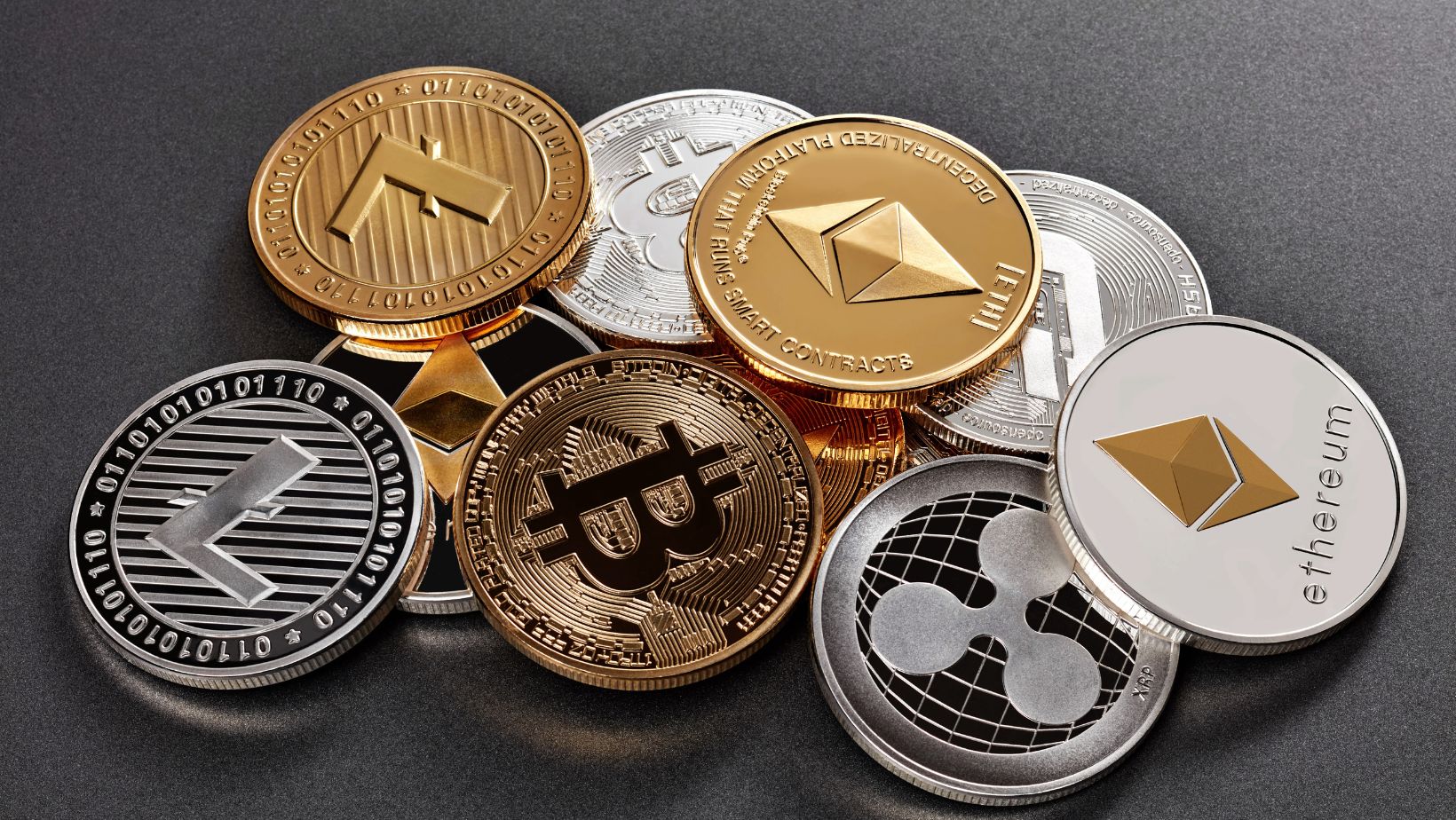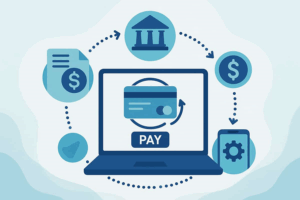
Cryptocurrency has officially taken the world by storm and is a topic of conversation on almost every news channel around the world.
And the growth isn’t stopping anytime soon.
The compound annual growth rate (CAGR) for cryptocurrency ownership is projected at an impressive 99%, significantly outpacing traditional payment methods which average an 8% growth rate.
This means that we’re going to need even more secure transaction mechanisms throughout the digital currency world.
Let’s take a look at how blockchain technology is handling security at the moment.
Understanding Cryptocurrency Transactions
Cryptocurrency transactions are simply the transfer of digital assets between parties over a decentralized network.
Unlike traditional financial systems that rely on central authorities, cryptocurrencies are peer to peer, so no intermediaries are needed.
But for businesses handling large crypto transaction volumes, they’ll likely want to take advantage of a crypto payment gateway like CoinsPaid in order to further secure their platform.
This decentralization reduces transaction costs and increases security by eliminating single points of failure.
Role of Blockchain in Ensuring Security
At the heart of cryptocurrency security is blockchain technology – a distributed ledger that records transactions across a network of computers.
Each transaction is grouped into a block, which once validated is added to a chain of previous blocks.
This way once data is recorded it can’t be altered without consensus from the network, so an immutable and transparent record of all transactions.
Cryptographic Techniques Used in Transactions
Blockchain uses advanced cryptographic methods to secure transactions:
- Public-Key Cryptography: Each user has a public key which is their address and a private key that authorizes transactions. This way only the owner can initiate a transaction from their address.
- Hash Functions: Transactions go through hash functions that convert input data into fixed size strings. These hashes are unique to each input, so it’s impossible to reverse engineer the original data, meaning data integrity is maintained.
Consensus Mechanisms and Their Role in Security
To validate and add transactions to the blockchain networks use consensus mechanisms:
- Proof of Work (PoW): Miners solve complex mathematical problems to validate transactions, requiring a lot of computational power. This discourages malicious actors because of the high resource cost.
- Proof of Stake (PoS): Validators are chosen based on the amount of cryptocurrency they hold and are willing to “stake”. This is more energy efficient and aligns validators interests with the network security.
These mechanisms prevent any single entity from controlling the network and maintain its decentralization and security.
Network Security Measures
In addition to cryptographic techniques and consensus mechanisms blockchain networks also have decentralization that spreads data across many nodes the network eliminates single points of failure, making it resilient to attacks.
Along with decentralization, all transactions are transparent and public so that users can verify and audit the system, providing trust and accountability.
And finally we have incentives. Participants are rewarded for validating transactions honestly, making sure individual incentives are aligned with the network security.
User Responsibility in Maintaining Security
While blockchain provides a secure framework users must also follow these best practices to secure their assets:
Use secure wallets. Use reputable wallets with strong security features. Hardware wallets that store private keys offline are more secure against online threats.
Guard your private keys. Private keys should be stored securely and never shared. Losing access to a private key means losing the associated assets forever.
Watch out for phishing attacks. Users should be aware of phishing attacks and only interact with legitimate platforms.
Addressing Common Threats
Despite all the security measures the cryptocurrency space has many threats, including:
- 51% Attacks: If one entity controls more than 50% of the network’s computational power they can manipulate the blockchain. But it’s impractical for large networks.
- Smart Contract Vulnerabilities: Bugs in the smart contract code can be exploited and cause huge financial losses. Code audits and formal verification methods are necessary to mitigate these risks.
Future Innovations in Cryptocurrency Security
As we mentioned earlier, the cryptocurrency space is evolving at record pace and so security must evolve with the same pace.
Here’s some innovations to be aware of:
- Quantum-Resistant Cryptography: With quantum computing coming, developing cryptographic algorithms resistant to quantum attacks is key to future proof blockchain security.
- New Consensus Protocols: Modern tech like Proof of Spacetime is trying to provide secure and efficient alternatives to the existing mechanisms, reduce energy consumption and maintain security.
- Regulatory Frameworks: Having clear regulations can improve security by setting standards for best practices and accountability in the industry.
In summary, blockchain is the foundation of cryptocurrency transaction security through its decentralized architecture, cryptographic base and consensus mechanisms.

















